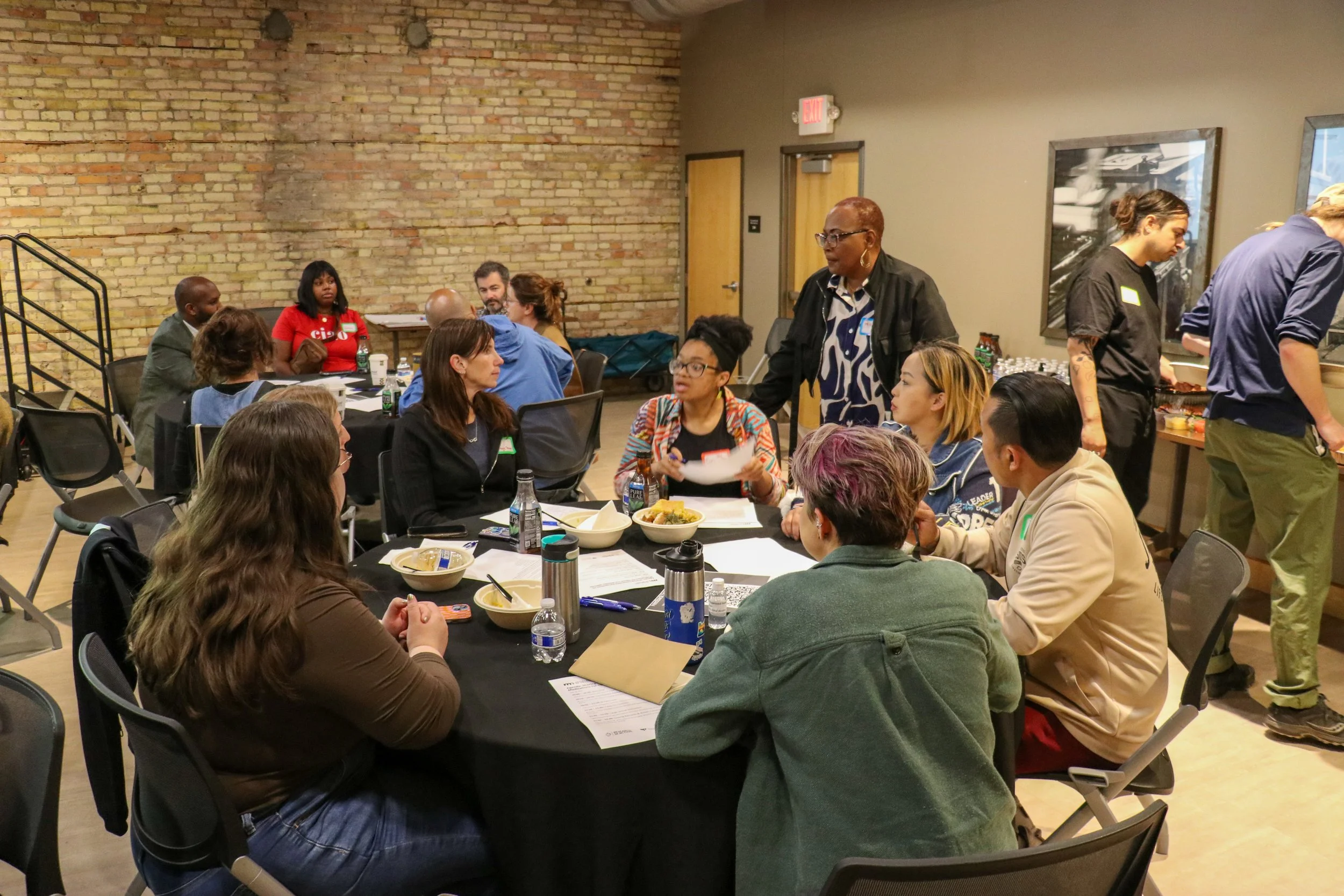New Report: How do we make medications for opioid use disorder more accessible to Black and Indigenous populations?
Opioid overdose deaths disproportionately impact Black and Indigenous communities. These deaths are preventable.
In 2021, Indigenous Minnesotans were 10 times as likely and Black Minnesotans were three times as likely to die from opioid overdose than white Minnesotans. Research shows that medications for opioid use disorder (MOUDs) are effective treatment options that reduce overall opioid use and prevent overdose, but Black patients receive MOUDs in emergency and inpatient environments at nearly half the rate of white patients.
That’s why the Minnesota Department of Health Overdose Prevention Division partnered with Research in Action to listen to Black and Indigenous community members with lived experience to identify use and access barriers to MOUDs — and what providers, organizations, and the state can do to eliminate these barriers.
"We selected Research in Action as a strategic partner for this project because of the organization's proven leadership championing the capacity and expertise of impacted communities to drive meaningful change," said Pearl Evans, a leader on the project and Prevention Program Administrator at MDH.
Community share-out session with MDH in June 2025, co-facilitated by Pearl Evans (standing, black coat)
For our partnership with MDH, we directly engaged community members with lived experience to identify use and access barriers to medications for opioid use disorder for Black and Indigenous folks. We interviewed six professionals who work in harm reduction or MOUD clinics, each with their own lived experience with substance use. Then, we interviewed 20 Black and Indigenous community members across the Twin Cities and Northern Minnesota. We took a creative, scenario-based approach to our interviews with community members to facilitate more engagement and encourage agency over how much of their own stories they disclosed.
What they told us challenged common assumptions about the barriers to potentially life-saving medications. “We thought we would be discussing commonly-named barriers like transportation and insurance,” said Dr. Madasen Briggs, RIA’s Lead Junior Research Associate, “but we spent most of our time talking about providers’ limited chemical health education and the ways treatment is often not structured to meet their needs.”
“At least try to work with me instead of saying ‘just be abstinent and stop immediately’... Work with the patient because the patient always knows where the pain is.”
Black man who had not tried MOUDs
“The folks we talked to were already deeply familiar with these medications, where to find them, and alternative treatment options that would also support them,” Briggs added. “Sometimes people think recovery is just a matter of getting others ‘in the door,’ but many of the barriers community members named manifested when they actually started treatment. Providers who are equipped to support folks in their treatment while also navigating things like being unhoused, mental health, maintaining education and employment, and the simple physical reality of taking these medications are unfortunately still the exception rather than the rule.”
Based on the input of community members and key informants, we identified five actionable recommendations.





“Centering the perspectives of community members who use drugs—particularly those most impacted by multiple oppressive forces that shape our perceptions of ‘correct’ or ‘successful’ substance use treatment—is critical,” Briggs said. “Community members gave us a roadmap for how to meaningfully meet them where they are within a system whose default setting is a white, middle-class model of care.”

